Best Seasons for Exterior Foundation Repairs
Exterior foundation repairs are most effective when performed during periods of stable weather, typically in the late spring or early fall. During these times, temperature fluctuations are moderate, and there is less risk of ground movement caused by extreme heat or cold. Addressing foundation issues during these seasons can help ensure proper curing of materials and minimize disruptions caused by weather conditions.
Late spring and early fall are ideal for exterior foundation repairs due to moderate temperatures and less moisture fluctuation.
Extreme cold or heat can affect the curing process of repair materials and compromise the integrity of the work.
Choosing a time when the ground is not saturated or frozen ensures better access and stability for repair activities.
Inspecting and planning repairs ahead of adverse weather conditions can prevent delays and additional costs.
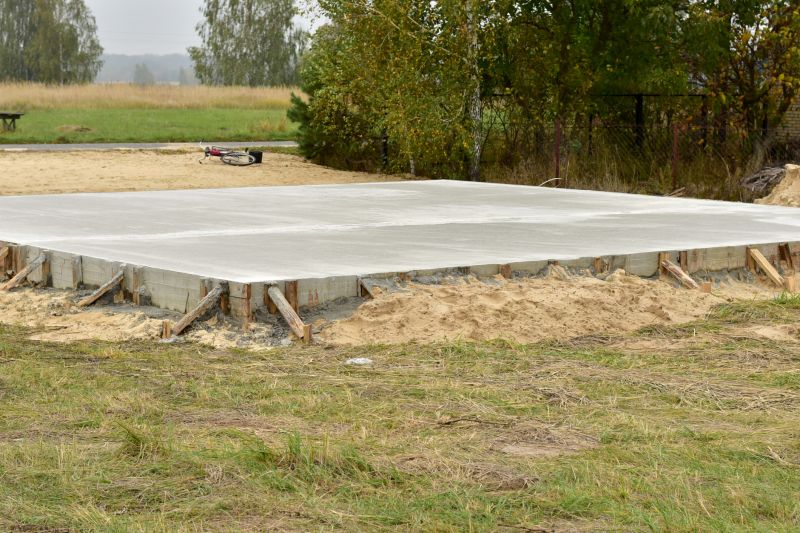
Ways to make Exterior Foundation Repairs work in tight or awkward layouts.
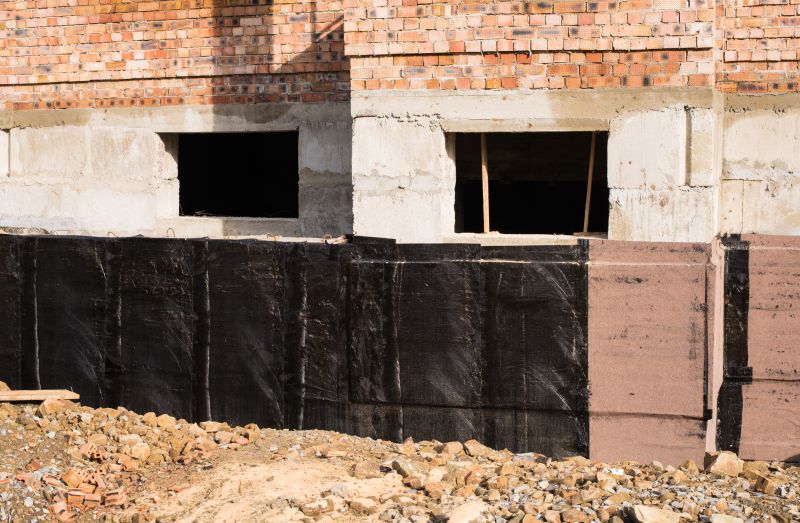
Popular materials for Exterior Foundation Repairs and why they hold up over time.
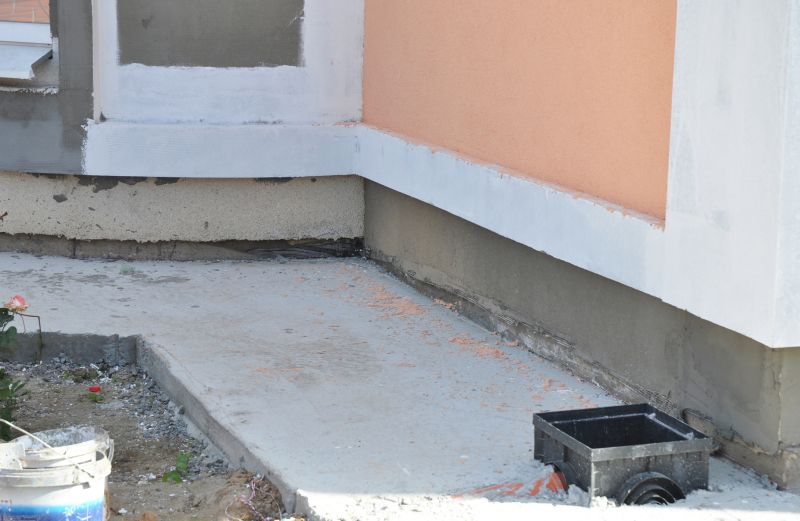
Simple add-ons that improve Exterior Foundation Repairs without blowing the budget.
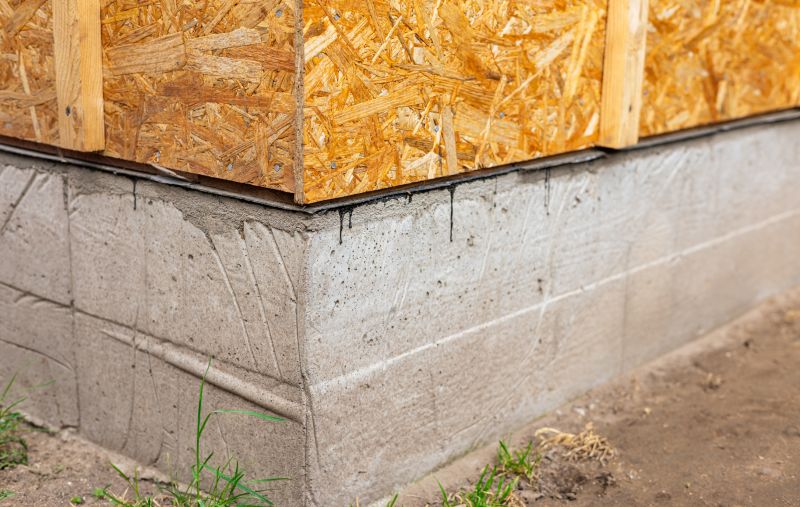
High-end options that actually feel worth it for Exterior Foundation Repairs.

Finishes and colors that play nicely with Exterior Foundation Repairs.

Little measurements that prevent headaches on Exterior Foundation Repairs day.

A 60-second routine that keeps Exterior Foundation Repairs looking new.
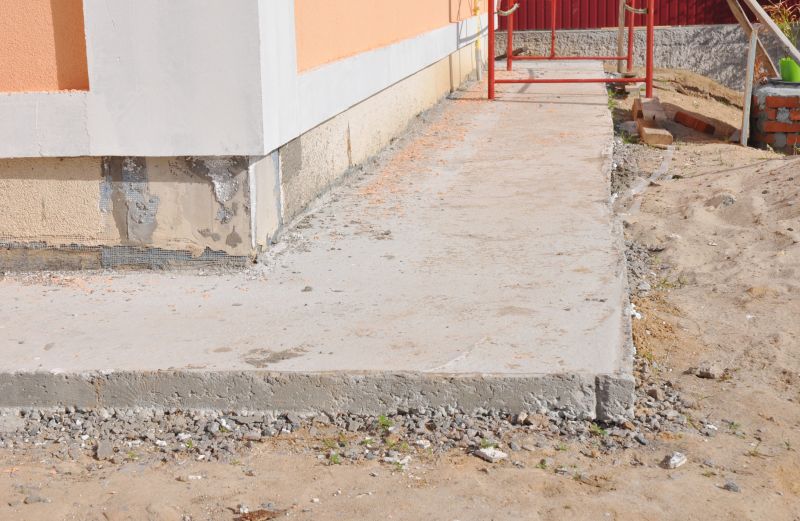
A frequent mistake in Exterior Foundation Repairs and how to dodge it.
| Season | Best Conditions for Repairs |
|---|---|
| Spring | Moderate temperatures, less ground moisture |
| Summer | Dry, stable weather |
| Fall | Cool temperatures, dry ground |
| Winter | Frozen ground not ideal |
| Late Spring/Early Fall | Optimal for curing and access |
| Extreme Cold/Heat | Not recommended |
| Post-Season | Allows for repairs before adverse weather |
| Preparation Time | Allows scheduling and planning |
